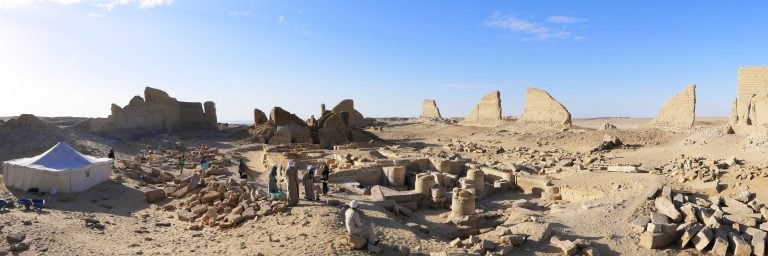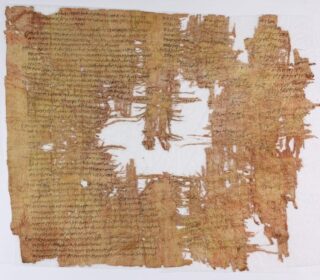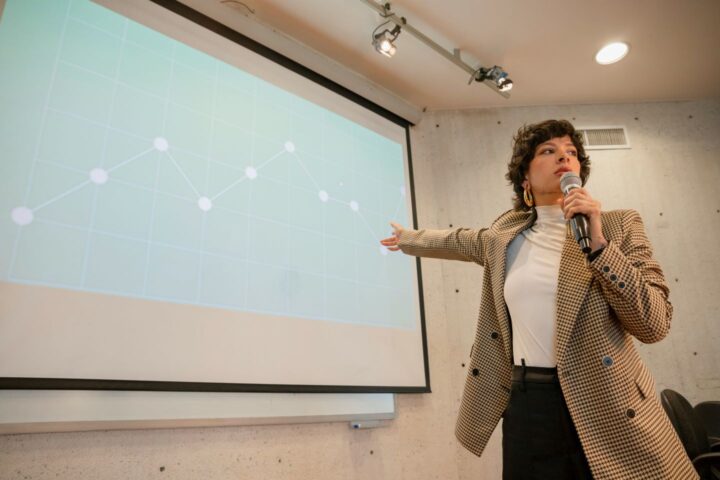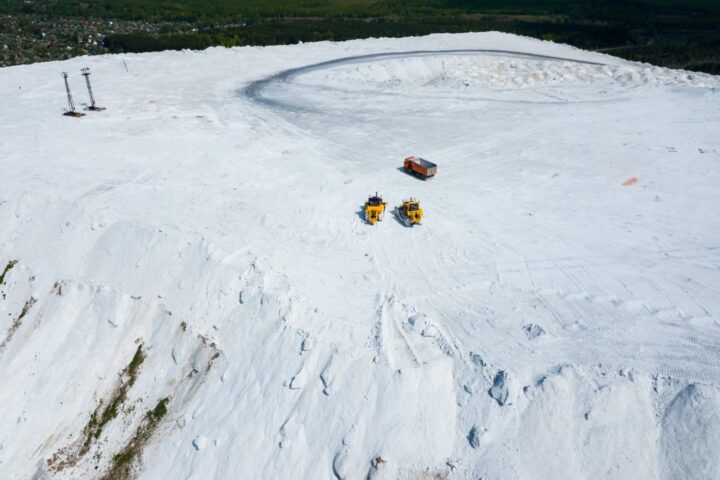New Research Uncovers Complexities of Ancient Egyptian Settlement
The ruins of the Soknopaios temple on Soknopaiou Nesos. (Credit: Martin Stadler)
Researchers at Julius Maximilian University Würzburg (JMU) continue to unravel the mysteries of Soknopaiou Nesos, focusing on its challenging Demotic texts and the economic roles of its temple. This project is driven by extensive historical documentation and significant funding.
Background
Soknopaiou Nesos, an ancient settlement in the Fayum Basin, has captivated Würzburg scholars since its discovery. The late Professor Karl-Theodor Zauzich pioneered research on the site’s Demotic documents in 1968. Demotic script, used from the 7th century BC to the 5th century AD, is notoriously difficult to decipher.
Current Research
Professor Martin A. Stadler, Zauzich’s successor, advances this work with two completed research projects. The German Research Foundation (DFG) has granted approximately €1 million for three projects over the coming years.
Project Goals
- Systematically process the vast papyrus corpus to understand local writing practices.
- Edit unpublished texts to obtain a comprehensive picture.
- Analyze religious texts, receipts, accounts, and family archives.
Sub-Projects
- Demotic and Greek documentary texts from the temple archive.
- Greek writing practices and the grapheion (notary’s office).
- Economic roles and temple administration.
Researchers’ Insights
- Carolin Arlt (demotist): “Most texts were written by Tesenuphis, son of Marres, ‘scribe of the priests’.”
- Bianca Borrelli (Greek papyri specialist): “The grapheion mediated between Greek and Egyptian cultural traditions.”
Conclusion
This research sheds light on Soknopaiou Nesos’s complex history, economy, and cultural exchange, advancing our understanding of ancient Egyptian society.

















